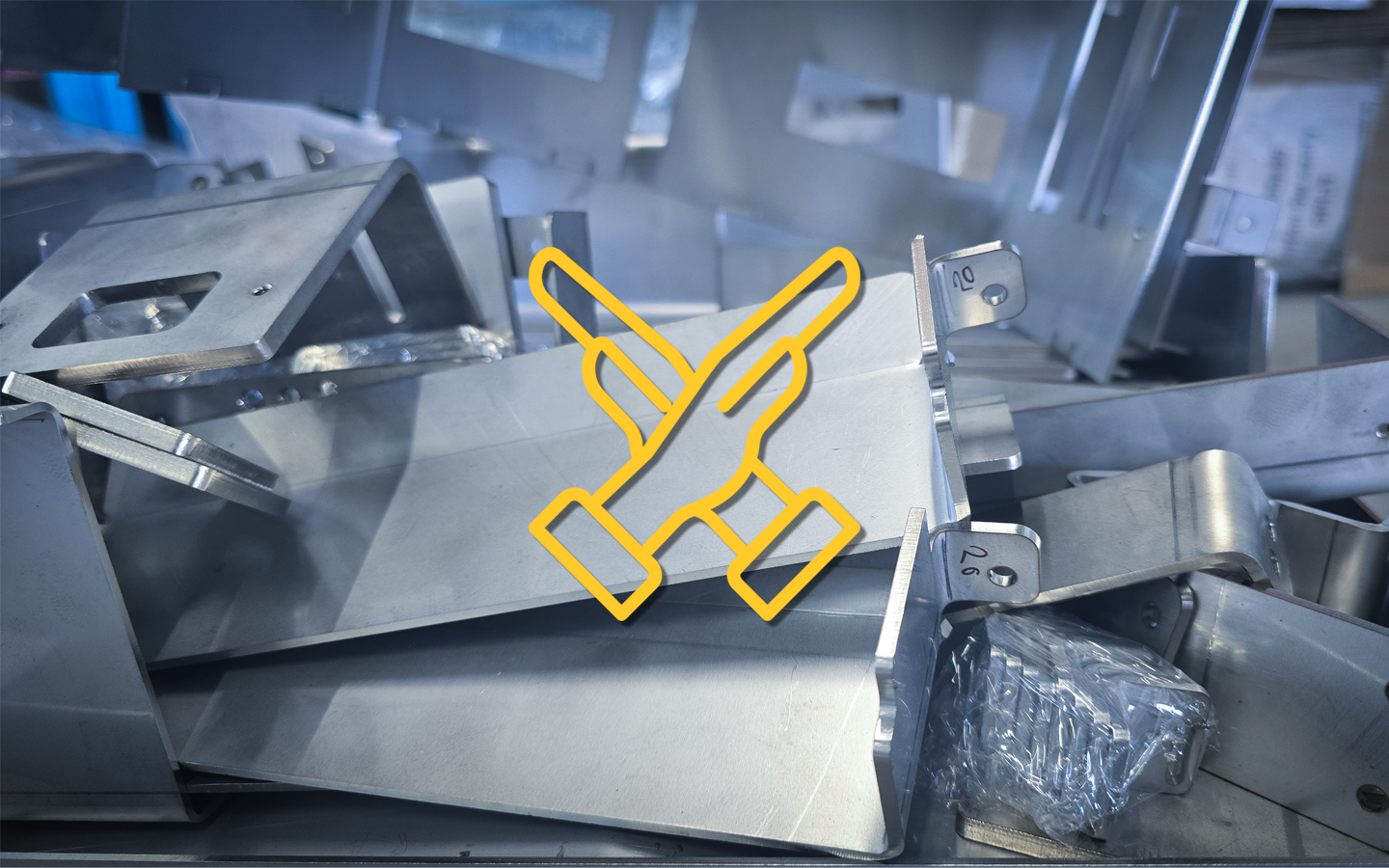Common mistakes to avoid in laser cutting.
Laser cutting is a modern and precise technology that has revolutionised the manufacturing industry. Thanks to its ability to process various materials with high accuracy, it has become extremely popular in many industries.
However, like any advanced technology, laser cutting also requires knowledge and experience in order to avoid common mistakes, which can ultimately significantly affect the quality and efficiency of the work. Below, therefore, we will outline the most common mistakes that are made during laser cutting and suggest ways to avoid them.
Incorrect selection of cutting parameters.
One of the most common mistakes is the wrong choice of cutting parameters, such as laser power, cutting speed, auxiliary gas pressure or beam focusing. Each of these factors is in fact crucial to the quality of the cut and should be adapted to the type and thickness of the material.
Laser power – too much power can cause excessive heat build-up in the material, leading to scorching and deformation. Conversely, too low a power can result in incomplete cutting of the material
Cutting speed – cutting too fast can lead to an inaccurate cut through the material, while cutting too slow often results in scorching and unsightly edges. The optimum cutting speed should therefore be selected based on the thickness and type of material.
Auxiliary gas pressure – an auxiliary gas, such as oxygen or nitrogen, is essential for removing molten material from the cutting area. However, inadequate gas pressure can lead to residues being deposited on the edges of the cut, reducing the quality of the end product.
Beam focus – incorrect laser beam focal length will result in improper cutting, especially on thick materials. Ensure that the focal length is accurately set according to the material and thickness requirements.
Lack of regular maintenance and calibration of equipment.
Another common mistake is neglecting regular maintenance and calibration of laser cutting equipment. Continuous operation of the machines without proper maintenance unfortunately leads to component wear and tear, which affects the accuracy and quality of the cut. Therefore, we should remember to:
Cleaning lenses and mirrors – dirty or damaged lenses and mirrors can scatter the laser beam, reducing its power and precision.
Calibrating the machine – regular calibration of the machine is key to maintaining cutting accuracy. This is because even small deviations can lead to incorrect cutting, especially with complex shapes.
Checking the condition of the nozzle – the nozzle through which the laser beam exits must be in perfect condition. A damaged or clogged nozzle often results in uneven cuts and unsightly edges.
The preparation of the material before cutting is as important as the cutting process itself. Errors in this phase can lead to damage to the material or poor cut quality. The most common situations associated with such negligence include:
Contamination on the surface of the material,
Inadequate positioning of the material,
Inappropriate software and design errors.
Designing for laser cutting also requires consideration of the specific requirements of the technology. Errors at this stage can ruin even the best design and lead to problems during cutting.
Errors in CAD files – design files, such as CAD, must be accurate and in line with the requirements of the laser machine. Errors in the files lead to incorrect cuts, incomplete shapes or problems cutting detailed parts. This is why it is a good idea to carefully check the compatibility and correctness of the file before submitting it for cutting.
Details that are too small – laser cutting has its limitations in terms of the size and precision of the details to be cut. Parts that are too small or complex can be difficult to cut accurately, leading to incorrect shapes or damage to the material.
Lack of design optimisation – optimising the design to minimise material waste and cutting time is crucial to the efficiency of the process. A poorly optimised design often results in wasted material and longer, production times, which ultimately affects costs.
Ignoring safety issues.
Laser cutting, although extremely precise and efficient, does involve some risks, especially if safety rules are not followed. Neglecting these issues can lead to serious accidents and damage to equipment.
In this case, we are mainly talking about the lack of adequate eye protection (laser radiation can be harmful to the eyes), inadequate ventilation, as some materials may emit toxic gases during laser cutting, or the lack of training of operators – the operation of laser cutting machines requires adequate training and inexperienced operators may make mistakes that lead to damage to the equipment, wasted material and even accidents.



